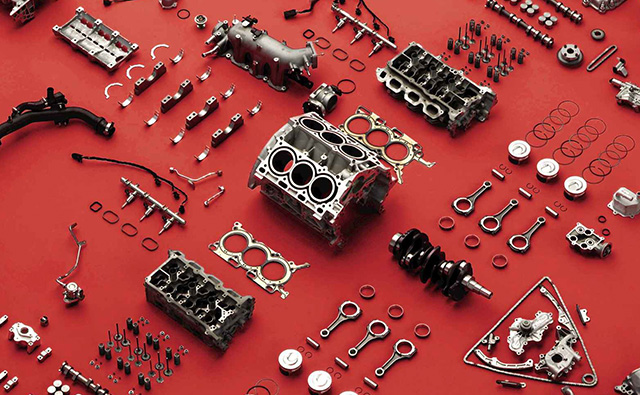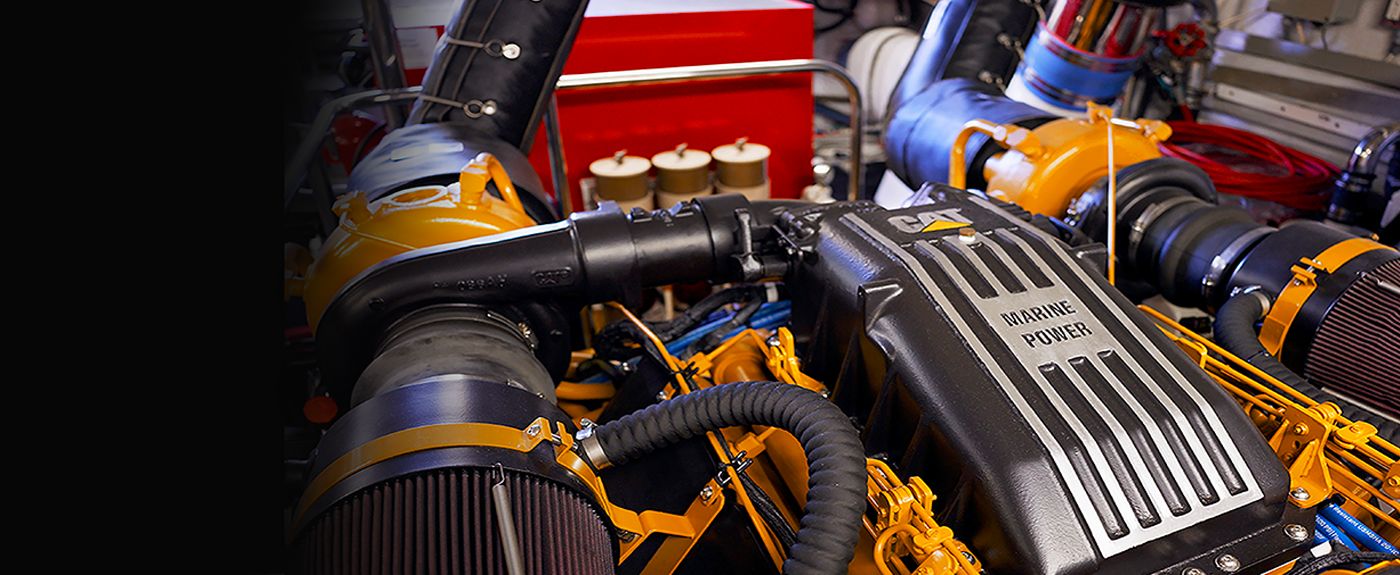The Mission for Ultimate Driving Power: Exploring the Peak of Engine Performance and Technological Developments in the Automotive Field
In the world of automobile design, the search of maximum driving power has been an unrelenting pursuit that has actually unfolded with the advancement of engine style and the integration of innovative modern technologies. From the thorough workmanship of burning engines to the rapid advancements in electrical propulsion systems, the vehicle market stands at the cusp of a new era defined by unmatched efficiency capacities. As designers and scientists dig much deeper right into the realms of computational fluid characteristics and check out cutting-edge gas modern technologies, the horizon of opportunities broadens significantly. Remain tuned as we unwind the complex tapestry of technological breakthroughs that are shaping the future of automotive power and efficiency.
Advancement of Engine Layout

Furthermore, the integration of turbocharging and turbo charging technologies has changed engine design by improving power without significantly enhancing engine dimension. These forced induction systems press the intake air, enabling even more fuel to be combusted, thus producing better power output from a smaller sized engine. This innovation has actually been particularly vital in boosting the efficiency of smaller variation engines while maintaining gas effectiveness standards.

Performance-Enhancing Gas Technologies
The application of advanced fuel modern technologies has significantly added to enhancing engine efficiency in modern automobiles. Biofuels, derived from sustainable resources like corn, sugarcane, or algae, offer improved and minimized exhausts engine efficiency. In addition, fuel additives and detergents are being developed to tidy engine elements, maximize combustion, and decrease friction, consequently boosting overall lorry performance.
Improvements in Electric Propulsion
Substantial strides in electrical propulsion technology have transformed the automobile sector, leading the way for a brand-new period of efficient and sustainable transportation. Electric vehicles (EVs) are gaining popularity because of their ecological advantages and improvements in battery modern technology, enabling longer driving ranges and much shorter charging times. Producers are investing greatly in research and growth to boost the efficiency of electrical propulsion systems, concentrating on boosting power outcome, enhancing energy effectiveness, and reducing overall weight.
One noteworthy development in electric propulsion is the development of innovative electric motors that deliver greater torque and power density, resulting in boosted acceleration and overall driving efficiency. Furthermore, regenerative braking systems have actually been fine-tuned to save and catch energy throughout deceleration, more improving the effectiveness of EVs.
Additionally, the combination of smart modern technologies, such as man-made intelligence and anticipating analytics, is enhancing the administration of electric propulsion systems, ensuring optimum performance under different driving conditions. These innovations in electric propulsion are improving the automobile landscape, driving the sector towards an extra sustainable and energized future.
Influence of Computational Fluid Characteristics
With advancements in electric propulsion pressing the boundaries of vehicle technology, the combination of Computational Liquid Dynamics is playing a crucial role in maximizing aerodynamic performance and boosting overall effectiveness in vehicle design. Computational Fluid Characteristics (CFD) involves the use of computer simulations to assess the flow of air around a lorry, enabling engineers to forecast just how style changes will affect the rules of aerodynamics without the demand for pricey physical prototypes. By accurately modeling air flow patterns, CFD permits for the improvement of vehicle shapes to decrease drag, enhance cooling, and improve stability.
CFD makes it possible for designers to check that enhance airflow around parts such as radiators, engine bays, and wheel wells, contributing to enhanced efficiency and total driving experience. In verdict, the integration of Computational Fluid Dynamics represents a significant action ahead in the quest for utmost driving power and effectiveness in the vehicle sector.
Future Patterns in Engine Development
In the vibrant landscape of vehicle engineering, sophisticated improvements are forming the future trajectory of engine development. The future of engine design is marked by a solid emphasis on efficiency, sustainability, and efficiency. Manufacturers are significantly focusing on creating engines that not only supply high power outputs however additionally prioritize ecological duty by lowering discharges and boosting fuel efficiency.
One prominent fad in engine development is the rise of electrification. Hybrid and electrical powertrains are gaining traction as feasible choices to conventional burning engines. These innovations supply the potential for significant reductions in carbon discharges and imp source raised power efficiency, aligning with international efforts to fight climate modification.
Moreover, innovations in materials science and manufacturing techniques are allowing the production of lighter and a lot more sturdy engine components. This shift towards lightweight materials such as carbon fiber and light weight aluminum alloys adds to enhanced efficiency and gas economy.
Conclusion
In conclusion, the pursuit of ultimate driving power in the automobile industry continues to drive developments in engine design, fuel technologies, electrical propulsion, and computational liquid dynamics. The development of these innovations is shaping the future of engine innovation, leading the way for extra reliable and effective vehicles (engines for africa). As the sector continues to push the boundaries of what is feasible, we can anticipate to see much more revolutionary advancements in the mission for peak performance
One of the key landmarks in engine layout advancement is the change from typical carbureted engines to modern-day fuel-injected systems. By specifically metering the fuel shipment to each cylinder, fuel-injected engines maximize combustion, resulting in far better performance and reduced ecological impact.
Moreover, the assimilation of turbocharging and supercharging modern technologies has revolutionized engine layout by improving power without considerably increasing engine dimension (engines for africa).The execution of innovative gas innovations has substantially added to boosting engine performance in modern-day lorries. In addition, gas additives and detergents are being developed to tidy engine best site components, maximize combustion, and reduce friction, therefore enhancing overall automobile performance